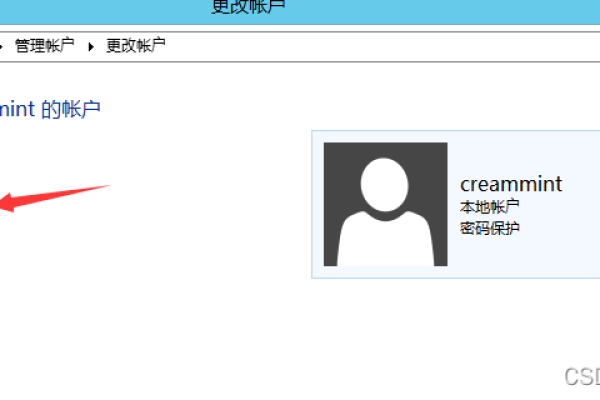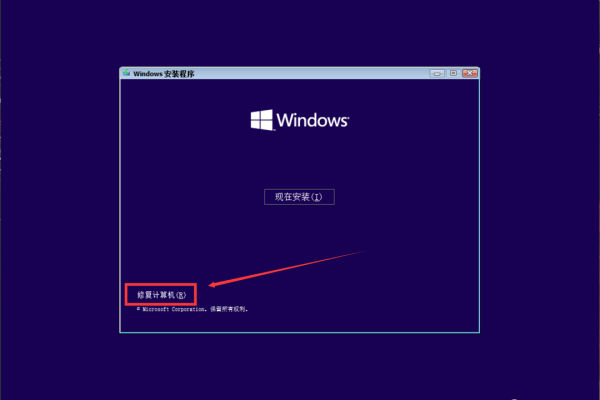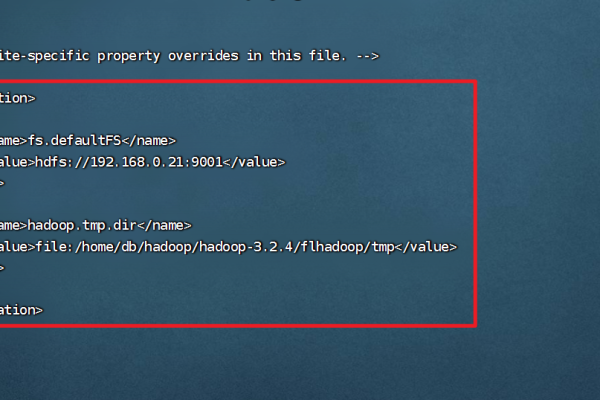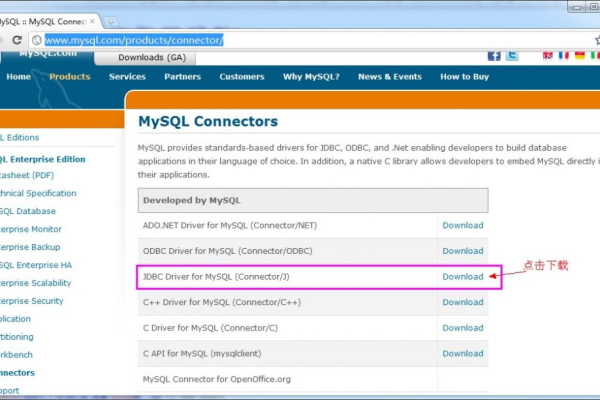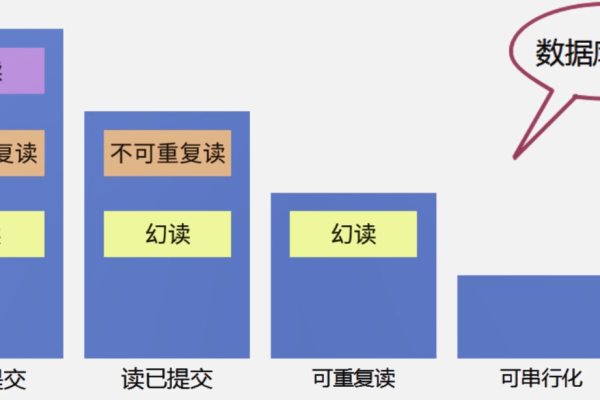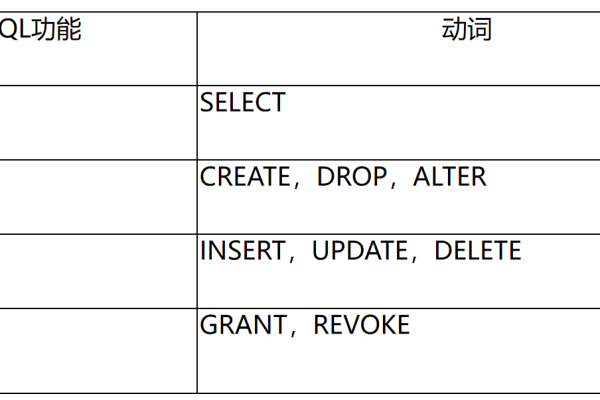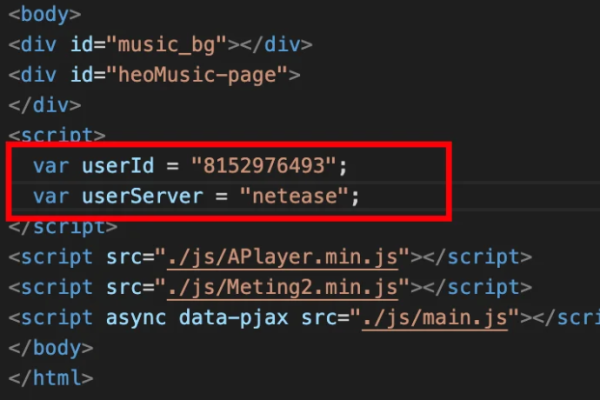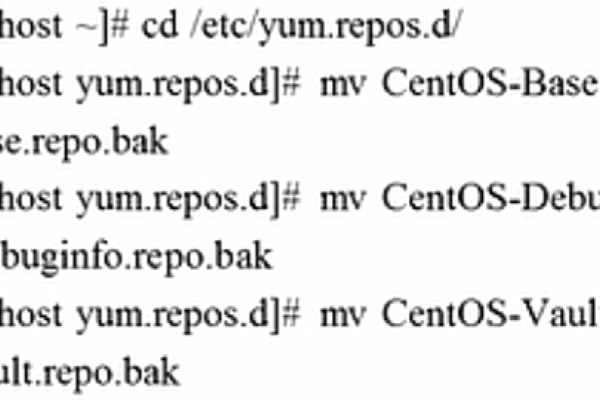html如何设置用户登录
- 行业动态
- 2024-04-03
- 1
用户登录是网站和应用程序中常见的功能之一,它允许用户使用用户名和密码验证身份,HTML本身并不直接处理用户登录,但是可以通过结合JavaScript、CSS和服务器端编程语言(如PHP、Python等)来实现用户登录功能,以下是一个简单的HTML用户登录示例,以及如何使用JavaScript进行前端验证。
1、创建一个HTML文件,login.html,并添加以下内容:
<!DOCTYPE html>
<html lang="zh">
<head>
<meta charset="UTF8">
<meta name="viewport" content="width=devicewidth, initialscale=1.0">
<title>用户登录</title>
<style>
/* 在这里添加CSS样式 */
</style>
</head>
<body>
<h1>用户登录</h1>
<form id="loginForm">
<label for="username">用户名:</label>
<input type="text" id="username" name="username" required>
<br>
<label for="password">密码:</label>
<input type="password" id="password" name="password" required>
<br>
<button type="submit">登录</button>
</form>
<script>
// 在这里添加JavaScript代码
</script>
</body>
</html>
2、在<style>标签内添加CSS样式,以美化表单元素:
body {
fontfamily: Arial, sansserif;
}
form {
display: flex;
flexdirection: column;
maxwidth: 300px;
margin: 0 auto;
}
label {
margintop: 10px;
}
input {
margintop: 5px;
}
3、在<script>标签内添加JavaScript代码,以实现前端验证:
document.getElementById('loginForm').addEventListener('submit', function(event) {
event.preventDefault(); // 阻止表单默认提交行为
var username = document.getElementById('username').value;
var password = document.getElementById('password').value;
if (username === '' || password === '') {
alert('用户名和密码不能为空!');
return;
}
// 在这里添加后端验证逻辑,例如发送AJAX请求到服务器端验证用户名和密码是否匹配
});
4、为了实现完整的用户登录功能,还需要在服务器端进行处理,这里以PHP为例,创建一个名为login.php的文件,并添加以下内容:
<?php
// 假设已经连接到数据库,并获取到了用户数据(存储在$user变量中)
$user = [
'username' => 'admin', // 用户名
'password' => '123456' // 密码(请务必使用加密后的值)
];
?>
<!DOCTYPE html>
<html lang="zh">
<head>
<meta charset="UTF8">
<meta name="viewport" content="width=devicewidth, initialscale=1.0">
<title>用户登录结果</title>
</head>
<body>
<?php if ($_SERVER['REQUEST_METHOD'] === 'POST') { // 如果收到POST请求(即用户提交了表单) ?>
<?php if ($_POST['username'] === $user['username'] && $_POST['password'] === $user['password']) { // 如果用户名和密码匹配 ?>
<p >登录成功!欢迎 <?php echo htmlspecialchars($_POST['username']); ?>!</p>
<?php } else { ?>
<p >登录失败!用户名或密码错误。</p>
<?php } ?>
<?php } else { ?>
<!如果未收到POST请求(即用户未提交表单),显示一个登录表单 >
<form action="<?php echo htmlspecialchars($_SERVER['PHP_SELF']); ?>" method="post">
<label for="username">用户名:</label>
<input type="text" id="username" name="username" required>
<br>
<label for="password">密码:</label>
<input type="password" id="password" name="password" required>
<br>
<button type="submit">登录</button>
</form>
<?php } ?>
</body>
</html>
现在,当用户在login.html页面输入用户名和密码并点击“登录”按钮时,前端JavaScript代码会检查用户名和密码是否为空,然后通过AJAX请求将数据发送到服务器端的login.php文件,服务器端的PHP代码会验证用户名和密码是否匹配,然后返回相应的登录结果。
本站发布或转载的文章及图片均来自网络,其原创性以及文中表达的观点和判断不代表本站,有问题联系侵删!
本文链接:http://www.xixizhuji.com/fuzhu/322651.html


